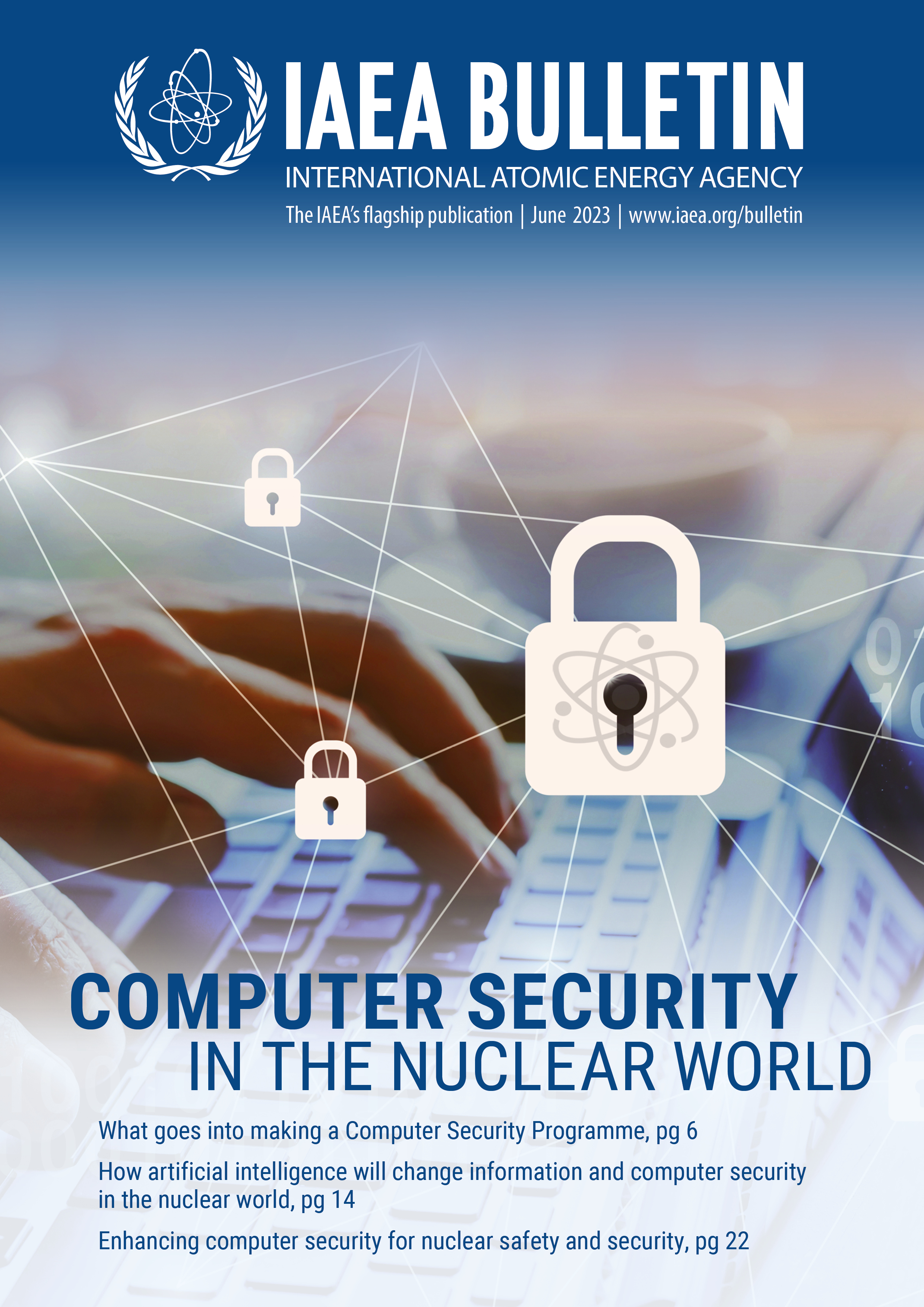Historically, nuclear facilities have focused on securing their nuclear material against malevolent attacks by putting in place physical protection measures such as guns, guards and gates. These measures are still used to successfully build fortresses around nuclear facilities, preventing theft of nuclear or other radioactive material, sabotage or unauthorized access to control systems. However, in recent decades, the threat of cyberattacks has escalated in our increasingly digital world. Any country, even those with the most advanced nuclear power and research programmes, can be vulnerable to attack. The development of national frameworks for computer security and response against cyberthreats to nuclear facilities have become necessary. Through large-scale exercises, the IAEA assists countries in improving their protection against cyberattacks and helps them improve their detection of and response strategies to cyberattacks against nuclear facilities.
The IAEA has developed computer security exercises for nuclear power plants and radiological facilities, which have been carried out at a national level around the world. These exercises enable countries to practise and prepare their response to the worst-case scenario of a breach of cybersecurity at a nuclear facility. The theoretical scenarios can pinpoint weaknesses in policies, procedures and processes; and identify gaps that need to be filled through mitigation techniques, capacity building and/or organizational change. As well as assisting States in carrying out large-scale exercises to test computer security at nuclear facilities, the IAEA’s nuclear security guidance on computer security also provide an essential resource that can enable countries to put important computer security measures in place to detect, prevent and respond to cyberattacks.
“It is crucial to develop policies, defined roles and responsibilities, and detailed procedures for a response to computer security incidents before an incident occurs,” said Trent Nelson, Senior Information and Computer Security Officer in the IAEA’s Division of Nuclear Security. “That is where the IAEA can assist in many aspects: from exercises and guidance, to sharing best practices and procedures to ensure effective communication and robust security protection.”

